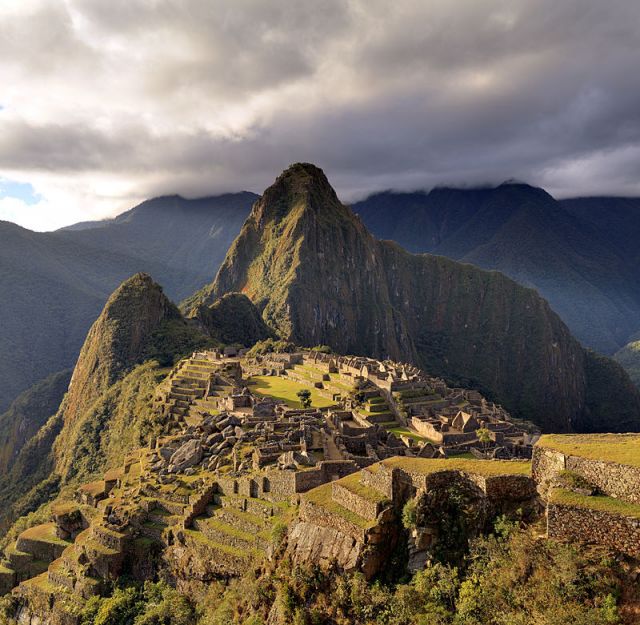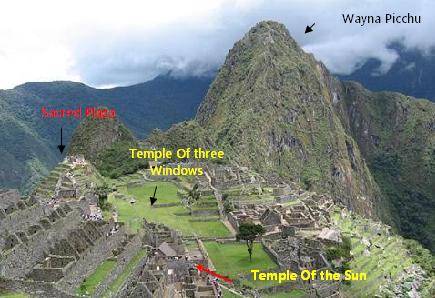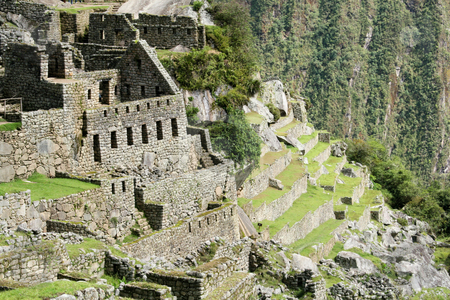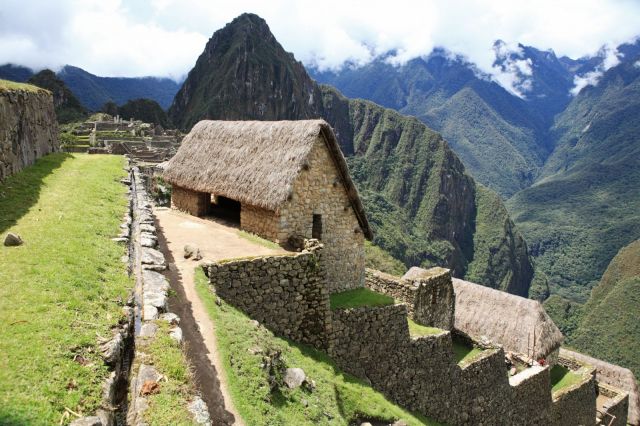| Online: | |
| Visits: | |
| Stories: |
Secrets In The Dust – Machu Picchu City In The Clouds (Video And Photos)
Sunday, September 28, 2014 5:42
% of readers think this story is Fact. Add your two cents.
(N.Morgan) Machu Picchu City became an obsession for a young Hawaiian-born, Yale-educated, Hiram Bingham. An obsession thay drove him to discover the secrets of Machu Picchu City. At the beginning of the 20th Century, when the last empty spaces on the globe were fast disappearing, he decided to climb South America’s highest mountain and discover the legendary last refuge of the Incas after the Conquistadors’ invasion. In the end, the mountain he scaled turned out to be only the second-highest. And the lost city in the clouds he discovered was not the Inca refuge, but an administrative center: the fabulous Machu Picchu, still one of the greatest tourist magnets in the world.

Today’s archaeologists can at last explain how it was built, with astonishing precision, 4,000 meters up on the mountain-tops – a sophisticated canal system was constructed to prevent it being washed away. And as if to emphasize that even today this is an extreme region, in January 2010 hundreds of visitors had to be rescued from Machu Picchu by helicopter in a days-long ordeal, after rockfalls and heavy rain cut off their return journey. Through its ability to make us dream and marvel at the achievements of the past, archaeology has evolved from an inconspicuous discipline based on ruins and fragments into one of the most attention-grabbing fields of scientific study today.

Some background history about Machu Picchu City: Machu Picchu or Machu Pikchu is a 15th-century Inca site located 2,430 metres (7,970 ft) above sea level.It is located in the Cusco Region, Urubamba Province, Machupicchu District in Peru. It is situated on a mountain ridge above the Sacred Valley which is 80 kilometres (50 mi) northwest of Cusco and through which the Urubamba River flows. Most archaeologists believe that Machu Picchu was built as an estate for the Inca emperor Pachacuti (1438–1472). Often mistakenly referred to as the “Lost City of the Incas”, it is perhaps the most familiar icon of Inca civilization. The Incas built the estate around 1450, but abandoned it a century later at the time of the Spanish Conquest.

Although known locally, it was unknown to the outside world before being brought to international attention in 1911 by the American historian Hiram Bingham. Since then, Machu Picchu has become an important tourist attraction. Most of the outlying buildings have been reconstructed in order to give tourists a better idea of what the structures originally looked like. By 1976, thirty percent of Machu Picchu had been restored. The restoration work continues to this day. Since the site was not known to the Spanish during their conquest, it is highly significant as a relatively intact cultural site. Machu Picchu was declared a Peruvian Historical Sanctuary in 1981 and a UNESCO World Heritage Site in 1983. In 2007, Machu Picchu was voted one of the New Seven Wonders of the World in a worldwide Internet poll.

Machu Picchu was built in the classical Inca style, with polished dry-stone walls. Its three primary structures are the Inti Watana, the Temple of the Sun, and the Room of the Three Windows. These are located in what is known by archaeologists as the Sacred District of Machu Picchu.

More Stories Contributed By N. Morgan




